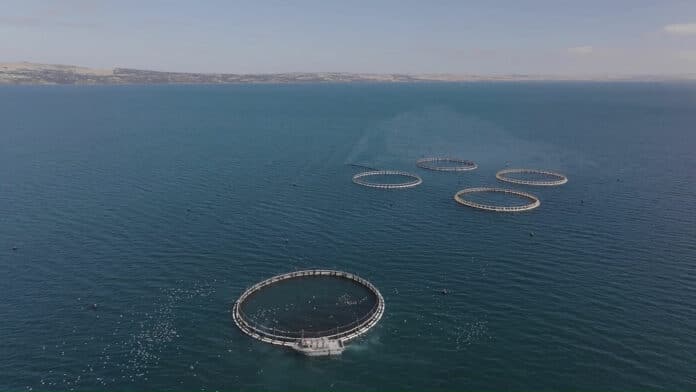The health and quality of our inland and coastal waterways are increasingly under threat due to human activity, such as urbanization, population growth, land use changes, deforestation, and contamination. Furthermore, climate change is exacerbating the situation, causing environmental impacts from drought, bushfire sediment, storm events, toxic algal blooms, and contamination.
Algal blooms can be particularly harmful and result in significant losses for the industry. Although we do monitor water quality, the current process is time-consuming and labor-intensive.
Now, Australia’s national science agency, CSIRO, has achieved a significant milestone by successfully testing a new ‘weather service’ for water quality in the Spencer Gulf in South Australia, which provides much of the country’s seafood. The technology, called AquaWatch, is a world-first water quality monitoring and forecasting system. The agency has plans to use this technology in local seafood farms.
The AquaWatch Australia Mission combines various data from satellite sensors and in-situ sensors and then applies computer models and artificial intelligence to provide near-real-time water quality monitoring and forecasts of rivers and coastal marine waters. This high-tech early warning system aims to safeguard freshwater and coastal water resources in Australia and around the world.
The AquaWatch technology has been developed in partnership with SmartSat CRC and the South Australian Research and Development Institute (SARDI), and the Spencer Gulf test site has demonstrated that the technology works. It provided real-time water quality data from the ocean on scientists’ screens every 15 minutes.
“The Spencer Gulf is called ‘Australia’s seafood basket’ for good reason,” CSIRO senior scientist Dr Nagur Cherukuru said in the press release. “The region’s aquaculture will put seafood on the table for thousands of Aussies these holidays, with the local industry’s production worth over $238 million a year. We’re reaching out to the industry to be early adopters of AquaWatch, allowing them to monitor and forecast water quality as we build the system.”
The CSIRO team is now focused on collecting data to inform the region’s thriving aquaculture industry, which could be used to warn them of harmful marine events such as algal blooms before they occur.
SARDI oceanographer Dr Mark Doubell said the AquaWatch partnership with CSIRO significantly boosted water quality monitoring needed to support the ecologically sustainable growth of aquaculture in the region.
“The delivery of real-time data and improved satellite observations on water quality provides new information that complements existing operational oceanographic models to inform on the ecologically sustainable use and development of our precious marine systems.”
Kirsten Rough, Research Scientist at the Australian Southern Bluefin Tuna Industry Association, said the Spencer Gulf is a great area for aquaculture because it typically enjoys good water quality that makes for healthy fish.
“Real-time monitoring means we can scale up surveillance and adjust feeding cycles. Early warning forecasts would allow for planning decisions like moving pens out of the way of harmful algae,” he said.
CSIRO is inviting Traditional Custodians and industry partners to help co-design the next phase to extend water quality monitoring of the Spencer Gulf and deliver data to decision-makers and Elders.
“We are working hand-in-hand with CSIRO to harness data from satellites so we can better manage this very valuable resource,” Professor Andy Koronios, CEO of SmartSat CRC, said in a press statement. “AquaWatch is establishing critical infrastructure through a state-of-the-art data system and national water sensor networks to help our country become more resilient to extreme weather and adverse marine events. The technologies and capabilities that we are developing for the nation will result in commercial opportunities in aquaculture, in fisheries, and in making Australia a high-tech nation.”
